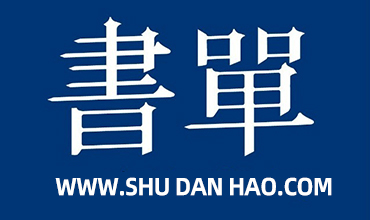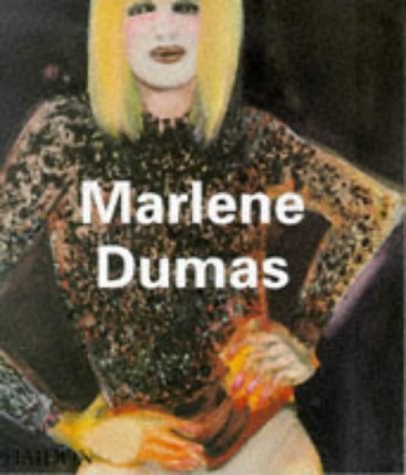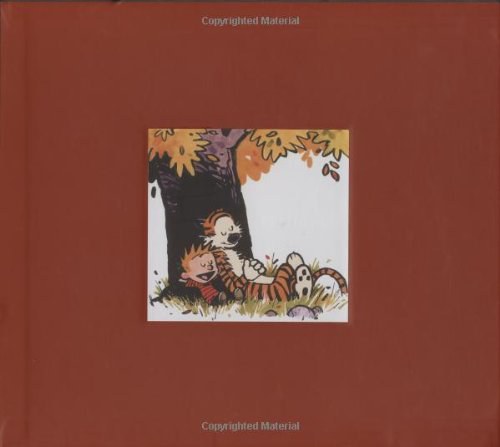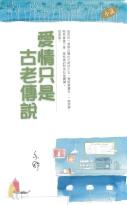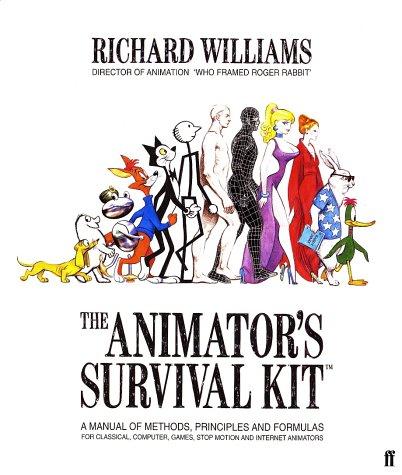
The Man Who Solved the Market
书刊介绍
内容简介
Bestselling author and veteran Wall Street Journal reporter Gregory Zuckerman answers the question investors have been asking for decades: How did Jim Simons do it?
Jim Simons is the greatest money maker in modern financial history. His track record bests those of legendary investors including Warren Buffett, Peter Lynch, Ray Dalio, and George Soros. Yet Simons and his strategies are shrouded in mystery. Wall Street insiders have long craved a view into Simons's singular mind, as well as the definitive account of how his secretive hedge fund, Renaissance Technologies, came to dominate financial markets. Bestselling author and Wall Street Journal reporter Gregory Zuckerman delivers the goods.
After a legendary career as a mathematician at MIT and Harvard, and a stint breaking Soviet code for the U.S. government, Simons set out to conquer financial markets with a radical approach. He hired mathematicians, physicists, and computer scientists, most of whom knew little about finance. Experts scoffed as Simons built Renaissance Technologies from a dreary Long Island strip mall. He amassed piles of data and developed algorithms to hunt for deeply hidden patterns in the numbers--patterns that reveal rules governing all markets.
Simons and his colleagues became some of the richest individuals in the world and their data-driven approach launched a quantitative revolution on Wall Street. They also anticipated dramatic shifts in society. Eventually, governments, sports teams, hospitals, and businesses in almost every industry embraced Simons's methods.
Simons and his team used their newfound wealth to upend society. Simons has become a major influence in scientific research, education, and politics, while senior executive Robert Mercer is more responsible than anyone else for Donald Trump's victorious presidential campaign. The Renaissance team's models didn't prepare executives for the ensuing backlash.
The Man Who Solved the Market is the dramatic story of how Jim Simons and a group of unlikely mathematicians remade Wall Street and transformed the world.
作者简介
Gregory Zuckerman is the author of The Greatest Trade Ever and The Frackers, and is a Special Writer at the Wall Street Journal. At the Journal, Zuckerman writes about financial firms, personalities and trades, as well as hedge funds and other investing and business topics. He's a three-time winner of the Gerald Loeb award, the highest honor in business journalism. Zuckerman al...
(展开全部)
相关推荐
-

行动的勇气
2006年,伯南克被任命为美联储主席。从南卡罗来纳州的小镇到声誉卓著的学术殿堂,再到担任公职,伯南克个人的职业生涯可谓达到了一个意想不到的巅峰。他根本无暇庆贺。...
-

蜘蛛女之吻
◎村上春树、巴尔加斯·略萨、戴锦华一致推崇◎对王家卫拍电影产生最大影响的作家◎20世纪百大西班牙语小说之一◎同名音乐剧获托尼奖7项大奖,百老汇演出近1000场◎...
-

2014-中药学专业知识(二)-国家执业药师资格考试指导
2014-中药学专业知识(二)-国家执业药师资格考试指导 本书特色 为了帮助参加全国执业药师资格考试的考生更明确有效地应试复习,我们编写了《2014国家...
-

青鸟故事集
《青鸟故事集》内容简介:▲ 那些飞鸟、大鱼、君王与圣徒、翻译官与骗子、奔逃者与迷失者 ▲ 以智力和想象恢复被删除的历史 ▲ 东方
-

我的奋斗
罗永浩,人称老罗,1972年生,吉林人。高中辍学,曾经摆地摊、开羊肉串店、倒卖药材、做期货、销售电脑配件、从事文学创作。 2001年至2006年在北京新东方学校...
-

刑罚、责任与正义:关联批判(当代世界学术名著)
刑罚、责任与正义:关联批判(当代世界学术名著) 本书特色 评论诺里严谨地引导着读者,在每一章的阐释、总结以及各章的呼应上都总是异常详尽而透彻。——journal...
-

故宫唐卡图典
作品目录清代宫廷唐卡艺术王家鹏 5绘画唐卡 17一、祖师 18二、密教本尊 62三、佛 84四、菩萨 190五、佛母 216六、护法 222七、坛
-

在冬天感谢夏天
朱迪特·贝格匈牙利儿童文学领域最受欢迎的作家之一,从2005年开始创作,目前已经出版了37部作品。她的故事以鲜明的主题和清晰的叙事而备受喜爱,同时催生了戏剧、木...
-

HXD3B型电力机车
HXD3B型电力机车 本书特色 本册《hxd3b型电力机车》由铁道部运输局装备部组织编写,是《和谐型机车应急故障处理系列丛书》之一,是具体针对hxd3b...
-

人性的弱点
戴尔·卡耐基(Dale Carnegie,1888-1955)美国著名的人际关系学大师、西方现代人际关系教育的奠基人。其在1936年出版的著作《How To W...
-
![[英] 阿加莎·克里斯蒂《幸福假面》](http://oss.shudanhao.com/caiji/chazidian/2023/46567.jpg)
[英] 阿加莎·克里斯蒂《幸福假面》
阿加莎•克里斯蒂AgathaChristie1890.09.15─1976.01.12“侦探女王”阿加莎•克里斯蒂尽管已去世三十余年,却至今仍是吉尼斯世界纪
-

北洋夜行记
2016年夏天,北京潘家园一个旧书商离奇死亡,案发现场发现了一本从未公开过的民国笔记。笔记记载了北洋年间一系列罪案实录和神秘事件调查。旧书商生前好友金醉是一名都...
-

浮生一日
“浮生一日”这个标题引自古罗马皇帝马可·奥勒留的《沉思录》。“我们每个人都是这一天的造物;纪念者和被纪念者都一样。所有的一切都是短暂的——无论是记忆,还是被记忆...
-

社交机器人:界限、潜力和挑战
【作者】马尔科·内斯科乌,丹麦奥尔胡斯大学哲学和思想史系助理教授,日本国际高级电信研究院(ATR)石黑浩实验室合作研究员。【译者】柳帅,本科、研究生就读于北京大...
-

David West《Continental Philosophy》
ThisbookisafullyupdatedandexpandedneweditionofAnIntroductiontoContinentalPhiloso...
-

精通JavaScript
作品目录第一部分 认识现代javascript第1章 现代javascript程序设计 21.1 面向对象的javascript 21.2 测试代码 31.3 ...
-

我为什么不要应届毕业生
作品目录前言 试问大学生被谁抛弃塑身篇让玩得起的企业先去磨炼他们吧我这里适合他们的工作太少了满翅乱羽的飞翔鸟觅才篇昂首见
-

品味之战
菲利普·索莱尔斯是法国20世纪著名文学家、文艺理论家,法国著名文学杂志《原样》创刊人,对当代法国文学理论有重要影响。主要代表作有《十八世纪的自由》《极限体验与书...
-

被忽视的室内污染-如何打造绿色温馨的家
被忽视的室内污染-如何打造绿色温馨的家 本书特色 环境保护是一项需要全民参与的伟大事业,随着生活品质的提高与环境污染的加剧,我们很欣慰地看到,环境问题已经收到社...
-

焦虑的人
究竟是何种程度的无奈和绝望,迫使一个中年人在新年来临前的早晨,用一把玩具枪抢劫一家无现金银行。行动失败的劫匪仓皇之中逃进一间位于大楼顶层的待售公寓,里面全都是正...

